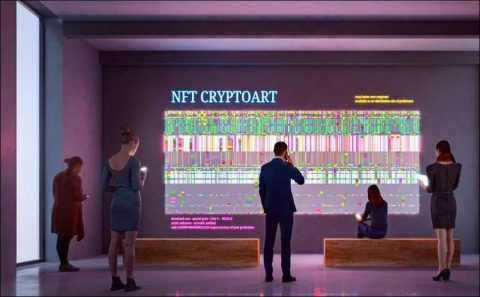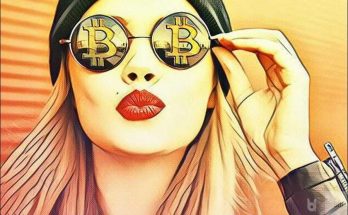The use of NFT is expected to intensify in the initial phase to resolve intellectual property issues. Since almost any content on the Internet can be copied or used without permission, NFTs make it easy to understand who the content really belongs to.
At the same time, the authors can get the reward of their effort, time and imagination with a more democratic sales method. Especially in the event that NFT changes hands several times, it is possible to send a certain percentage of its fee to the owner of the work each time.
Thanks to NFT, almost anyone can acquire a work of art. People who cannot access traditional auction methods have the opportunity to acquire works through digital platforms. As a result, more art lovers can be included in the ecosystem and the owners of the works can get the value they deserve.
How to identify the originality of NFT?
Users who want to put the NFTs they produce for sale must have a verified profile by the auction or trading platform in order to prove the authenticity of their works.
The wallet address of the author on the blockchain is clearly indicated. In this way, the originality of the work can be checked instantly via blockchain. On the other hand, as in cryptocurrencies, the originality of NFT assets can be understood by controlling their movements on the blockchain.
Where are NFT files stored?
NFTs containing pictures, audio, video or any data are maintained on a decentralized file storage protocol called IPFS. These files are split into small encrypted data snippets and archived in a distributed format on IPFS. Then, the IPFS data of the file is saved on the blockchain and secured.
Visits: 42



